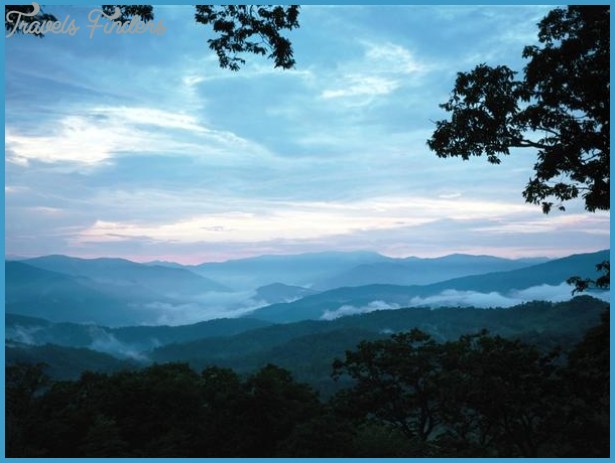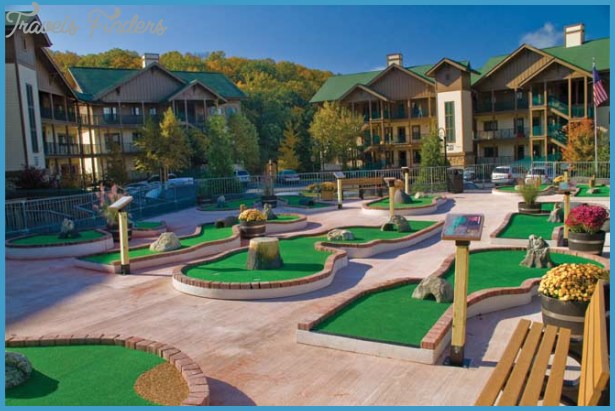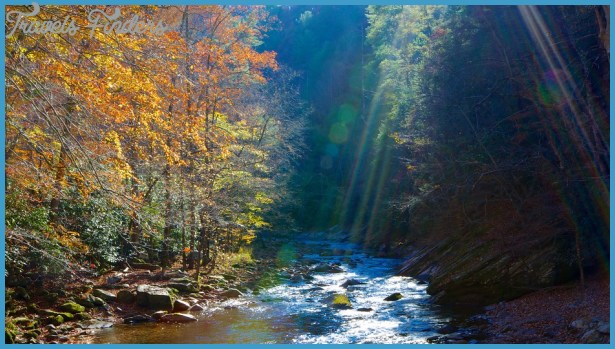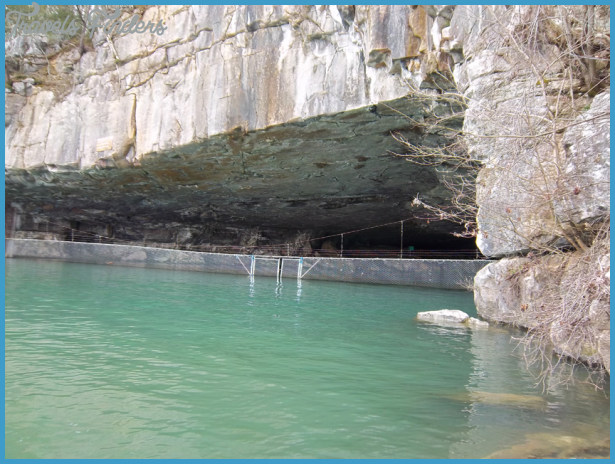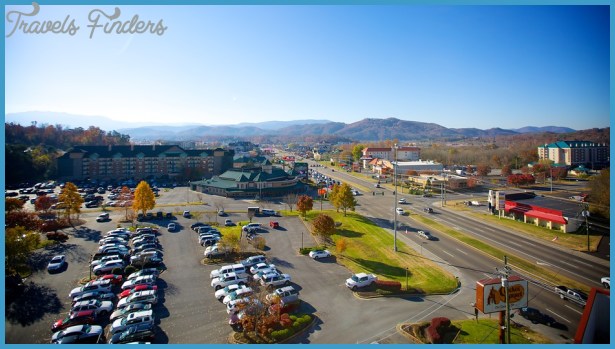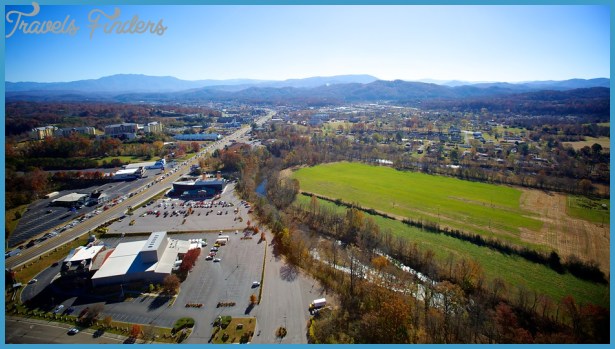Tennessee cultural contributions
From citywide festivals to neighborhood gatherings, from Spanish-language advertising along major thoroughfares to Mexican flags on automobiles, Latinos are changing Tennessee’s cultural landscapes and practices. In 1999, for example, Nashville held its first Hispanic-American Film and Latin-American festivals. Performers like Los Tigres del Norte and Juan Gabriel come through the city, and professional Mexican soccer teams have added Tennessee to their schedules. Even smaller towns are home to Latino cultural events. Madison, for example, held a Hispanic Art and Folklore Festival in December 2006; Clarksville has hosted an annual Hispanic Festival since 2003.
In many communities, Latinos organize nationally specific festivals. In Nashville, Colombian independence is celebrated each summer, and the first Brazilian festival was held in March 2007. Increasingly, some Latin Americans are forming organizations to celebrate and promote various aspects of Latino culture.
La Mexicana Market, Nashville, TN. Courtesy of Jamie Winders.
In 2005, Tango Nashville, a nonprofit organization dedicated to promoting the Argentine tango, formed to join the Latino festivals and bands already performing across Tennessee.
A Latino presence is also felt in various Tennessee media, from Villatoro’s mystery novels (set in Nashville’s Latino neighborhoods) to east Tennessee’s bilingual newspaper Mundo Hispano. Even in smaller towns like Lewisburg, Spanish-language books are increasingly available at local libraries. Spanish-language radio stations bring new music, from Mexican corridos to pan-Latin pop, to Tennessee communities, as Latinos themselves bring a new music market to Tennessee. In 2007 music executives began to explore ways to tap Latino preferences for norteho music and create new country-music fans.
In neighborhoods where they have settled, Latino residents and businesses are changing local landscapes sometimes with little notice from long-term residents and sometimes with negative reactions. As Latin-American restaurants and clubs emerge and Latino families become established residents, Spanish signage and Latin iconography are increasingly common. Amid these changes, some of the strongest Latino cultural contributions may be sitting in Tennessee public schools, a trend recognized by Tennessee State University and other universities that are beginning to recruit Latino students. As Latino children grow up in Tennessee, the face of the state will change in ways that challenge not only how Tennessee looks and sounds, but also where it fits in Latino America.
NOTES
1. Folmsbee, 1960; Cummins, 89-110; Harkins, 329.
2. All information concerning place names is drawn from Miller.
3. Migration Policy Institute.
4. Drever, 19-36, 2006.
5. Winders, 2004.
6. Smith and Williams, 2006.
7. Drever, 2006.
8. Reported in Winders, 2004.
9. Drever, 2006.
10. Drever, 2006.
11. Drever, 2006.
12. Drever, 2006.
13. Drever, 2006.
14. Mendoza, 2001.
15. Smith and Williams, 2006.







